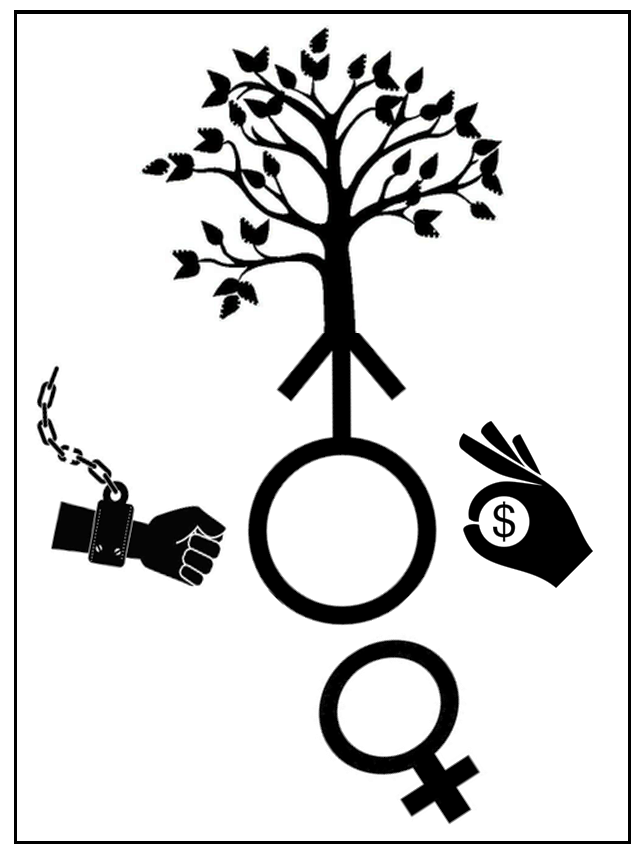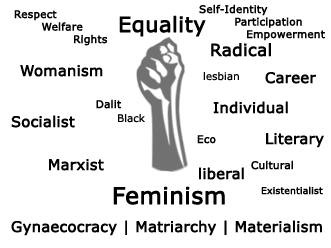Article Title :
Patriarchal Features in Post-Independence Indian English Novels
2(2018)
53-65
Son , Child , Hands of Gold , Women , Patriarchy , Feminism , Novels


Feminist analyses of novels can give insights about women’s life in contemporary society. Fifteen Indian novels written after independence by women and men novelists have been reviewed to understand the role of patriarchy with feminist approach. These novels depict patriarchy as symbolic power, property rights, essence of father, husband and child, urge for son, women’s activities for the sake of husband, etc. Hierarchal stratified caste base Indian social structure supports patriarchy as notion. Characters, setting or situations, dialogues, point of view, etc. in these selected novels show unequal, secondary and exploited status of women in Indian society. Women blindly follow patriarchal rules and traditional structure with rituals. Therefore, justice, liberty, equality and fraternity given in Constitution of India are yet to be achieved for women. Only few characters are rebellious for their constitutional rights and came out of home at workplaces but as ‘hands of gold’. The findings and analysis of the study are useful to understand the status of women in Indian society for planning and management to achieve constitutional provisions for social welfare.

The novels portray the mirror image of contemporary society.
Fifteen post-independence Indian English novels analysed to understand the Patriarchal Features.
The study reveals patriarchy as symbolic power, property rights, essence of father, husband and child, urge for son.
Modern women came out of home at workplaces but as ‘hands of gold’.
The study presents wide gap between constitutional equality and patriarchal social practices.
Bhagat, C., 2008. The 3 Mistakes of My Life. Rupa Publications India, New Delhi.
Bhagat, C., 2011. Revolution 2020. Rupa Publications India, New Delhi
Constitution of India.
Deal, W. E. and Beal, T. K., 2004. Theory for religious studies. New York, London: Routledge.
Desai, A., 1963. Cry, the Peacock, Orient Paperbacks, Ed. 2014.
Deshpande, S., 1988. That Long Silence, Penguin Books India, Indian Ed. 1989.
Deshpande, S., 2004. Moving On, Penguin Books India, Ed. 2008.
Deshpande, S., 2008. In the Country of Deceit, Penguin Books India, Ed. 2009.
Ghosh, S., 2007. Feminism in India, Maitrayee Chaudhuri (Ed.), Zed Books, 33-39.
Joshi, A., 1968. The Foreigner, Orient Paperbacks, Ed. 1993.
Kapur, M., 1998. Difficult Daughters, Faber and Faber Limited, Londan.
Kapur, M., 2002. A Married Woman, IndiaInk, New Delhi.
Karve, I., 1972. Sanskriti. Deshmukh and Company, Pune, Ed. 1972 (1st), 2006 (2nd), 88.
Markandaya, K., 1954. Nectar in a Sieve, Penguin Books India, Ed. 2009.
Mukherjee, B., 1971. The Tiger’s Daughter, Penguin Books India, Ed. 1987.
Mukherjee, B., 1975. Wife, Fawcett Book, New York.
Roy, A., 1997. The God of Small Things, Penguin Books India, Ed. 2002.
Sen, S., 1998. Communist manifesto and theory of revolution, National Book Agency, Calcutta, 1-3.
Singh, K., 1956. Train to Pakistan, Penguin Books India, Ed. 2009.
Witt, C., 2004a. Feminist history of philosophy. Feminist reflections on the history of philosophy, Ed. Alanen, L. and Witt, C., 55, 1-16.
Witt, C., 2004b. Form normativity and gender in Aristotle: A feminist perspective. Feminist reflections on the history of philosophy, Ed. Alanen, L. and Witt, C., 55, 117-136.



